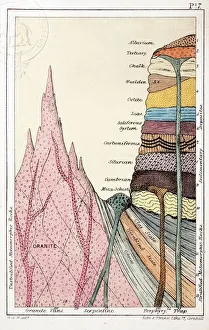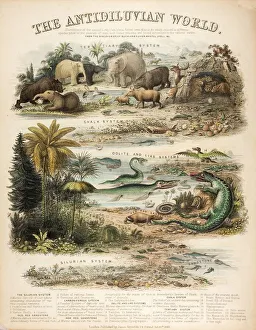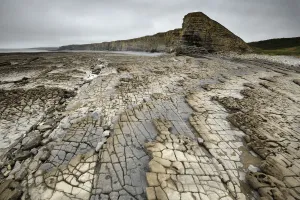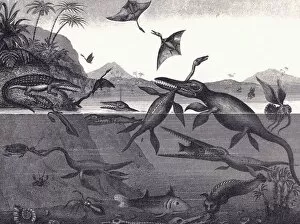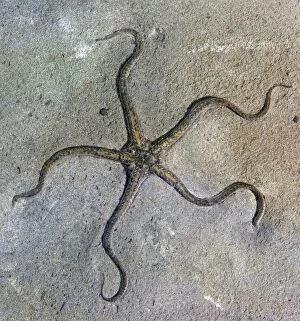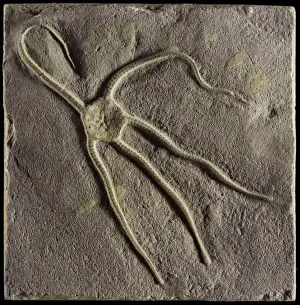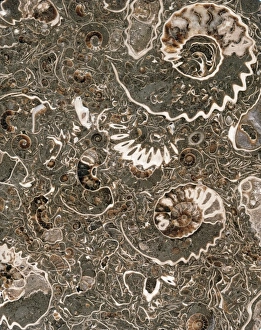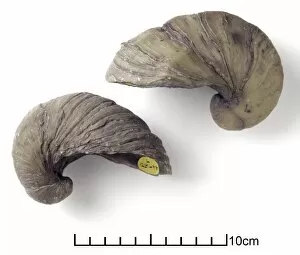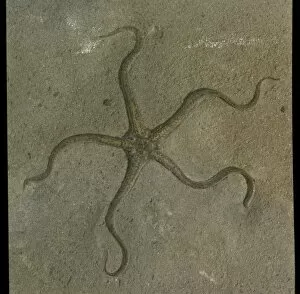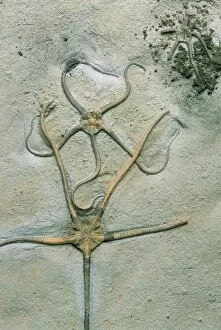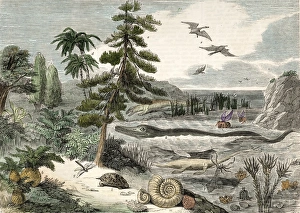Lias Collection
The Lias, a geological formation dating back to 1838 as depicted in Mantell's Geological Strata Section
All Professionally Made to Order for Quick Shipping
The Lias, a geological formation dating back to 1838 as depicted in Mantell's Geological Strata Section, has captivated the minds of researchers and artists alike throughout history. In 1849, Reynolds delved into the mysteries of this ancient world in his book "The Antidiluvian World, " while Aubrey Beardsley immortalized it in his masterpiece "La Dame aux Camelias" in 1894. Even sports teams like the Western Counties Rugby Team have found inspiration from the Lias, perhaps drawing strength from its enduring presence. The Ideal scene of the Lias with Ichthyosaurus and Plesiosaurus lithograph showcases the beauty and diversity that once thrived within this formation. Examining its composition reveals fascinating details such as bedding planes and joint networks found within Jurassic age Blue Lias limestone and shale. These formations offer glimpses into Earth's history through time. However, not all is serene within the Lias; several faults cut through Jurassic age Liassic Limestones near Southerndown, reminding us of nature's powerful forces shaping our planet. Indurated lias shale embedded in basalt rock structures at Portrush further exemplify these dynamic processes. Amongst these layers lie remnants of prehistoric creatures like Ichthyosaurus communis discovered at Lyme Regis in Dorset. Lower Lias at Barneys Point unveils more secrets on Co. Antrim's Islandmagee coast where Extracrinus Briareds fossils tell tales of life long gone. From scientific study to artistic interpretation, each facet of the Lias offers a window into Earth's past—a testament to our fascination with unraveling ancient mysteries hidden beneath its indurated shales and limestone beds.

